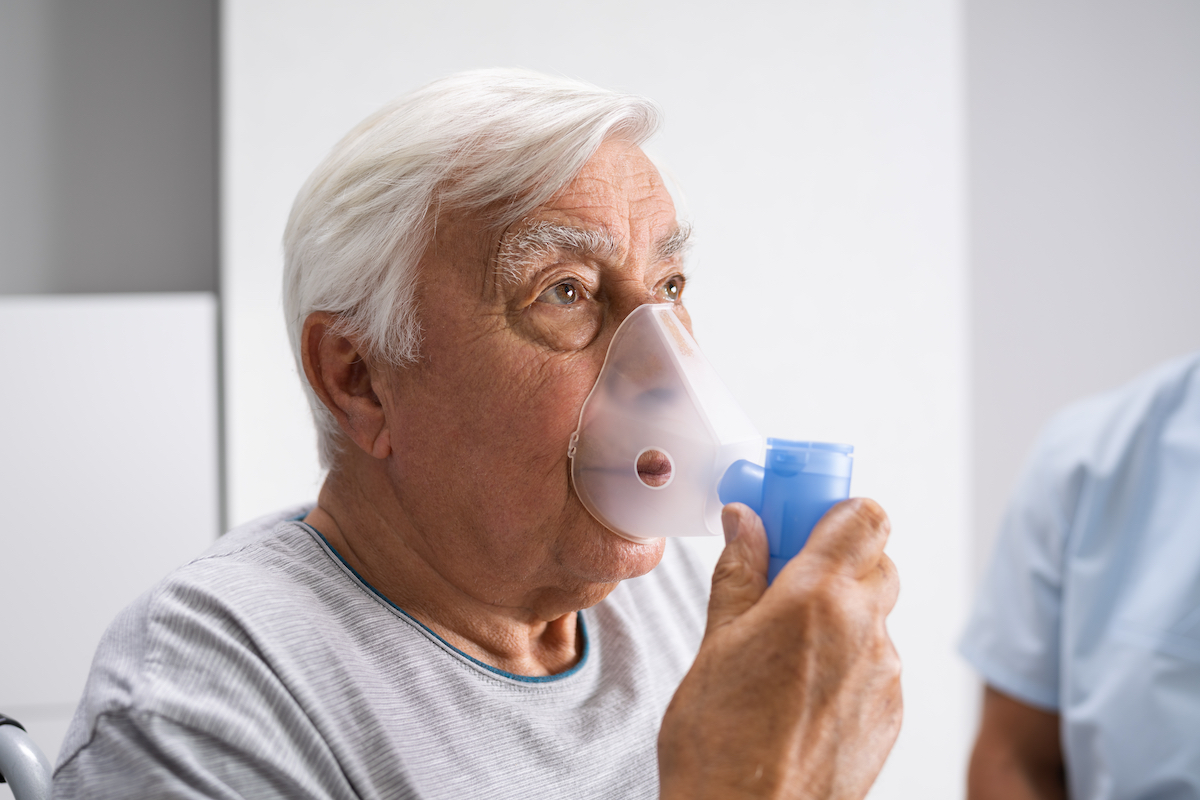
In our pursuit of a healthy lifestyle, we often prioritize aspects such as nutrition, exercise and mental well-being. However, there is a crucial component of our overall health that tends to go unnoticed and underappreciated—the health of our lungs. Behind each breath lies a remarkable system that sustains our very existence, yet we often take it for granted until it becomes compromised by a condition like chronic obstructive pulmonary disease (COPD).
Here’s more about COPD and the critical role that our lungs play in allowing us to breathe easy and live better.
What is COPD?
COPD is a group of lung diseases that block airflow and make it difficult to breathe. Symptoms often don’t appear until significant lung damage has occurred, and they usually worsen over time if lifestyle habits don’t change.
Symptoms of COPD may include:
- Shortness of breath, often noticeable during physical activities
- Wheezing
- Chest tightness
- Lack of energy
- Unintended weight loss
- Swelling in ankles and feet
- A chronic cough that might produce mucus
- Recurrent respiratory infections
COPD is different from asthma, but if a patient has asthma that is uncontrolled, COPD may develop, especially if they are a smoker or their work environment exposes them to smoke, coal or dust.
How can I prevent COPD and protect my lung health?
The biggest risk factor for developing COPD is smoking tobacco. The biggest step people can make to generally improve lung health and minimize their risk of developing COPD is to quit smoking. Even if you don’t smoke but you have a loved one or family member who does, take into account the impact of secondhand smoke and consider diminishing your own exposure.
While it can be difficult to quit smoking, it is possible. Here are some tips to aid with smoking cessation:
- Identify triggers. Become aware of when you’re reaching for a cigarette. Do you wake up every morning and have a cigarette with your coffee? Do you use smoking as a work break during the day? Brainstorm another habit to do when you experience those triggers.
- Consider medication. Non-nicotine aids like bupropion help by diminishing symptoms of withdrawal. It can be taken alone or with a nicotine replacement product (generally with a nicotine gum or lozenge).
- Be patient with yourself. After developing a habit, it can take time to fully quit. Be patient with yourself and try to not be disappointed if it takes longer than you anticipated.
If I already have COPD, how can I improve my symptoms?
If you are a smoker and/or have been experiencing any shortness of breath, start by taking this questionnaire to identify if you might have COPD. Once completed, share the results with your healthcare team.
If you have COPD, the following will help improve symptoms for easier and more comfortable breathing:
- Inhalers/nebulizers. Both provide medication to prevent symptoms from worsening. The only difference between them is how they are administered: nebulizers are a machine that provides the medication, which may be helpful for those with arthritis. Inhalers, on the other hand, are self-administered. Insurance coverage may vary as well.
- Pulmonary rehab. This is physical therapy focused on the lungs. Patients engage in supervised aerobic exercise to increase their lung capacity.
Concerned about COPD? Reach out to your primary care clinician to talk about your concerns and overall lung health. They are here to help!
